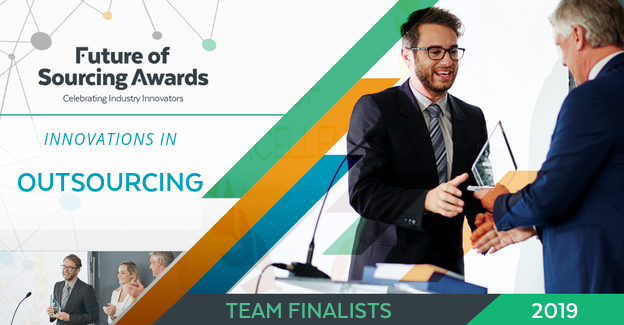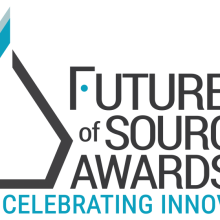This October, the Future of Sourcing Awards will celebrate organizations and individuals that have shown innovation, leadership and transformation in categories that are critical to the sourcing industry. Interviews with the finalists provide helpful insight about their projects, the problem they sought to solve and the impact to their organizations. Below, read how GEP helped their client, a telecommunications major, optimize their procurement operations and streamline their ongoing technology transformation initiative.
Can you outline why your team embarked on this project and the problem that needed to be solved?
- High turnaround time when creating/renewing contracts
- High volumes of manual, repetitive, time-consuming activities
- Limited or no automation for creating purchase requests, purchase order amendments and processing goods receipts
- Nearly 90 days for supplier enablement and onboarding
- Inadequate user training and guidelines to use the new procurement software being deployed resulted in low adoption.
How were things done originally and what was the inspiration to innovate the process?
What KPIs did you use to measure success for this project? (For example: performance, customer satisfaction, revenue, sales or relevant financial gains?)
- Contracts upload to be achieved within four business hours
- Supplier enablement turnaround time to be 30 business days
- Purchase requisition creation, amendments and goods receipt processing to happen within 1 business day
- Invoice exception management to happen within four business days
How do you plan to ensure that the new model remains relevant and adapts to the future needs of the market?
- GEP created five BOTs that leverage artificial intelligence (AI) and robotic process automation (RPA) to deliver higher efficiencies for the client
- Power BI Dashboards were introduced by GEP to help the client enhance data transparency and analytics capabilities
- Contract management software would be leveraged to elevate global contract visibility and improve overall contract utilization
What advice do you have for those who may want to implement this innovative approach in their own organizations?
- Partner with a procurement services provider capable of delivering 360-degree solutions – consulting, technology and managed services
- Focus on outsourcing every high volume, manual, repetitive and time-consuming activity – this will allow your procurement team to focus on strategic activities
- Ensure maximum automation for every possible step of the process – this ensures improved turnaround times and higher efficiencies
- Focus on improving relationships with suppliers by streamlining the onboarding and payment processes
- Ensure adequate user training and guidelines whenever deploying new procurement software
- Adopt robust change management processes to drive greater adoption of new processes and technology
I'm sure your company has many different processes and projects they are outsourcing. Why did you choose to submit this specific project?







